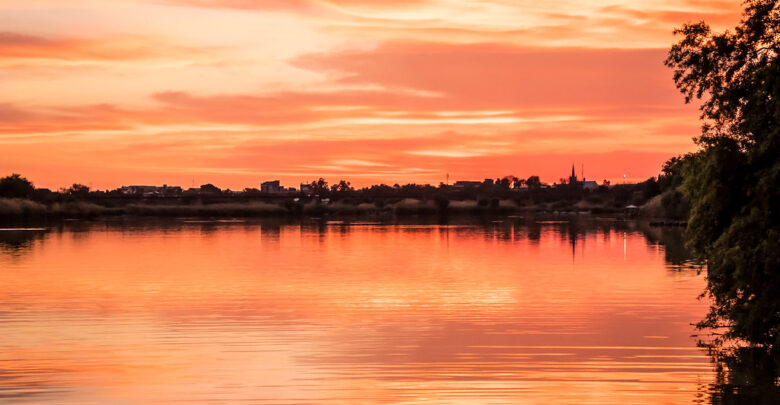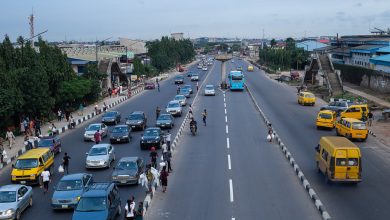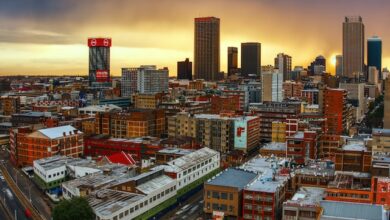The Orange River in Africa’ The Longest River in South Africa

One of the longest rivers on the continent and one of the longest south of the Tropic of Capricorn is the Orange River in southern Africa.
The river runs 1,300 miles to the Atlantic Ocean in a typically westerly direction after originating in the Lesotho Highlands, less than 125 miles (200 kilometers) from the Indian Ocean.
Before emptying into the Atlantic at Alexander Bay, South Africa, the Orange travels through the veld area of South Africa, forms the southern border of the Kalahari, and bisects the southern Namib.
The river defines the eastern boundary of the Free State province in South Africa along with the border between Namibia and South Africa.
The Orange River has a significant economic impact on the area it passes through.
To address the water demand for agriculture, urbanization, and economic growth in South Africa’s central industrial zones, two projects—the Lesotho Highland Project and the Orange River Project, both in various phases of construction—have been developed.
Also Read: Mami Wata: The Scared Female African Water Goddess
Physical traits
Physiography
The Lesotho Highlands, which stretch from the Drakensberg escarpment in the east to the Maloti (Maluti) Mountains in the west, cut a dissected plateau at an elevation of around 10,800 feet (3,300 meters) above sea level where the Orange River’s sources originate.
The Sinqu (Senqu) River, which originates close to the eastern side of the plateau, is acknowledged as the major source of the Orange River.
Environment and hydrology
The Orange basin’s precipitation patterns have a direct impact on the river’s rate of flow.
Lesotho’s annual rainfall is from 28 to 32 inches (700 to 800 millimeters) above the confluence with the Caledon, and when combined with the highland regions’ melting winter snows, this little region supplies over 60% of the Orange River’s total annual flow.
The yearly rainfall drops from the Caledon to the Vaal to between 11 and 16 inches, and in the Namib it drops from 9 inches to less than 2 inches.
Transportation
The river’s unpredictable flow, continual interruption by falls and rapids, and sludging in its channels and at the river’s mouth make navigation impracticable throughout the river’s entire course.
Between Aliwal North and Oranjemund, the river is crossed by a number of bridges, the greatest of which is at Upington.
Also Read: Facts About River Nile in Egypt’ The Longest River In The World
Facts About River Nile in Egypt’ The Longest River In The World
Research and Enquiring
An Afrikaner elephant hunter named Jacobus Coetsee forded the Groot River, as it was known at the time, near the river mouth in 1760, becoming the first known white person to do so.
Hendrik Hop, an Afrikaner explorer, led later trips over the river in the 18th century, together with Robert Jacob Gordon, a Dutch officer, William Paterson, an English adventurer, and François Le Vaillant, a French explorer.
Gordon gave the river the name “Orange” in honor of the Dutch family of Orange after they had investigated the river from its middle to its mouth. Beginning in the late 18th century, mission sites were founded north of the Orange.
In 1813, John Campbell of the London Missionary Society studied the path of the Harts River from its confluence with the Vaal to its confluence with the Orange, which he also investigated all the way to the Augrabies Falls.
Thomas Arbousset and François Daumas, two French Protestant missionaries, made the first trip to the Orange spring in 1836.





